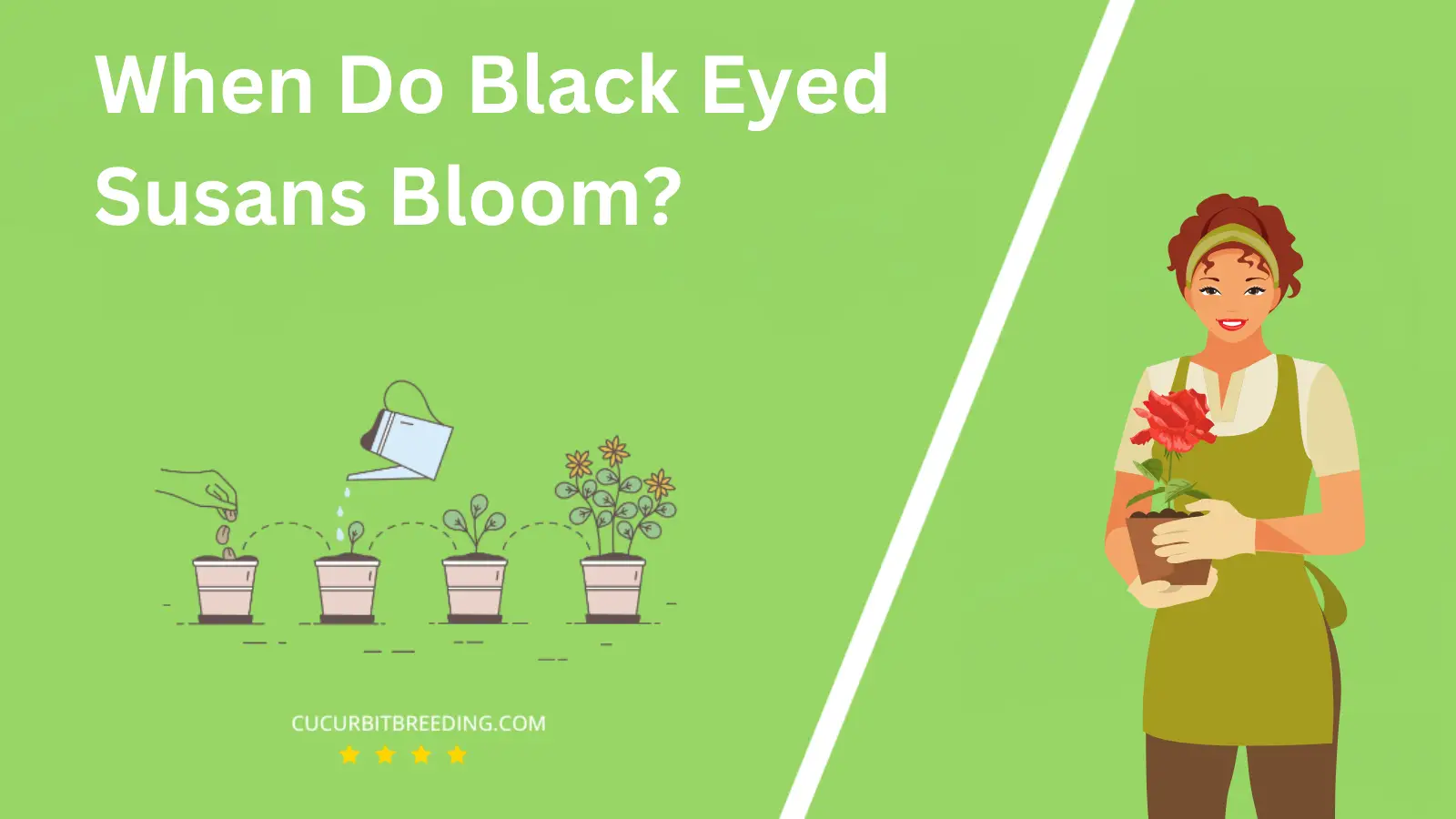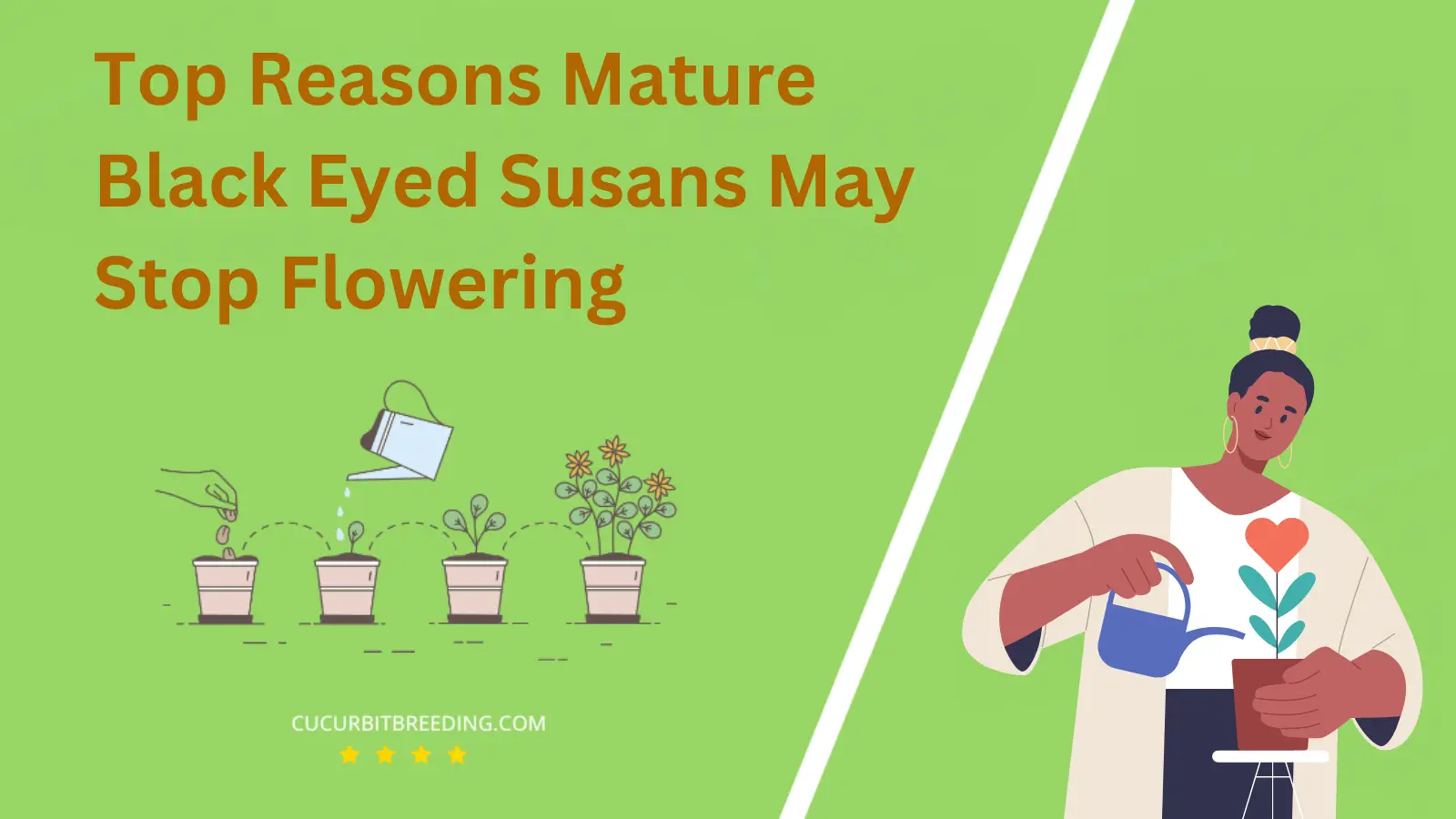
Ever wondered, when do Black Eyed Susans bloom? These vibrant, daisy-like flowers are a delight in any garden, but timing their appearance can be tricky.
With their bold, golden-yellow petals and dark, button-like centers, they’re certainly worth the wait. Let’s explore the blooming cycle of these captivating summer beauties.
When Do Black Eyed Susans Bloom?
Black Eyed Susans, a popular wildflower, typically bloom in the late spring through early fall. The peak blooming period is usually during the summer months, specifically from June to September depending on the climate and geographical location.
| Stage | Description |
|---|---|
| Germination | Spring (March-May) |
| Growth | Summer (June-August) |
| Blooming | Summer to early fall (June-September) |
| Dormancy | (Dormancy period) [November – February] |
How Long Do Black Eyed Susans Bloom?
Black Eyed Susans, scientifically known as Rudbeckia hirta, are perennial plants that typically begin to bloom in early summer and continue through the first frost in fall. This means that they can bloom for several months, typically between June and October. Their longevity is one of the reasons they are a popular choice for many gardens.
How Light Affects Black Eyed Susans Blooms?
Light plays a crucial role in the blooming of Black Eyed Susans. These plants require full sun exposure, which ideally means at least six hours of direct sunlight each day, to bloom abundantly. Inadequate sunlight can reduce the intensity of the blooms and affect the overall health of the plant. Thus, if you’re growing Black Eyed Susans, make sure to plant them in a location that receives ample sunlight.
Will Black Eyed Susans Bloom the First Year You Plant Them?
Yes, Black Eyed Susans will bloom the first year you plant them, especially if they are planted as young plants or mature transplants. However, if they are started from seeds, they typically take two years to bloom.
Will Black Eyed Susans Bloom Every Year?
Yes, Black Eyed Susans will bloom every year. These plants are perennial, meaning they have a lifespan of more than two years. Once planted and established, you can expect to see their bright, yellow flowers bloom every year, typically from June through October.

Should I Deadhead Black Eyed Susans Blooms?
Yes, you should deadhead Black Eyed Susans blooms. Deadheading is the process of removing spent flowers from the plant. This not only helps the plant look tidier, but it also encourages the plant to produce more flowers. Deadheading can rejuvenate Black Eyed Susans, promote further blooming, and prevent self-seeding that can result in a rampant spread of the plant.
Top Reasons Mature Black Eyed Susans May Stop Flowering

Mature Black Eyed Susans may stop flowering due to a variety of reasons. Insufficient sunlight is one of the key factors, as these plants need full sun to bloom effectively.
Another reason could be inadequate soil conditions. Black Eyed Susans prefer well-draining soil. If the soil is too compacted or waterlogged, it may inhibit the growth and blooming of the plant.
Over or under watering can also cause these plants to stop flowering. Both conditions can lead to stress and affect the plant’s ability to produce blooms.
Lastly, disease or pest infestation may be responsible. Issues such as fungal diseases or pests like aphids and beetles can damage the plant and prevent it from flowering.